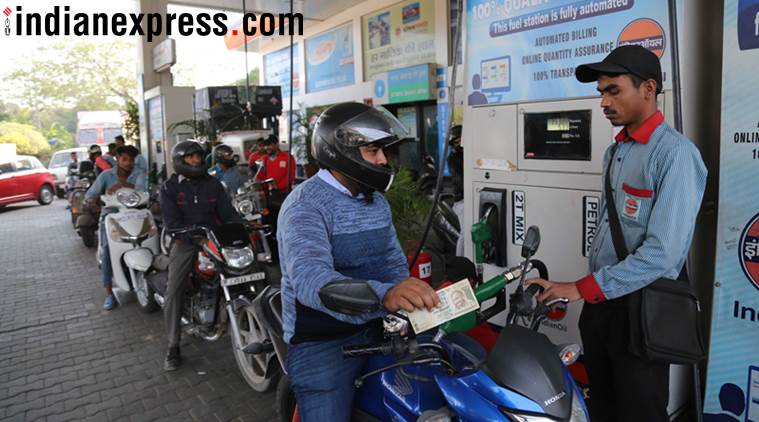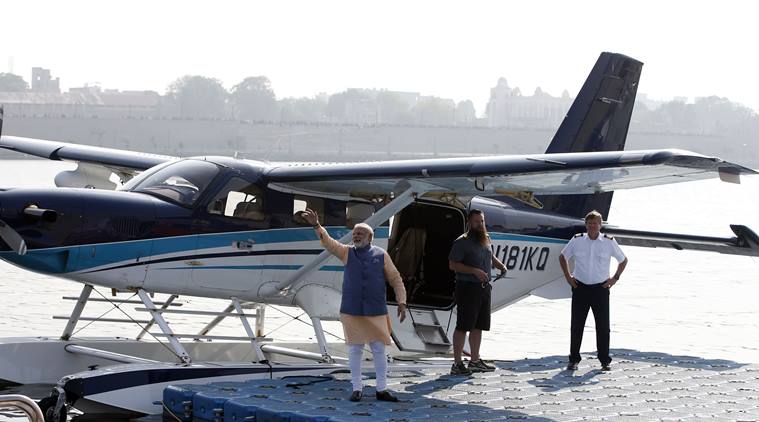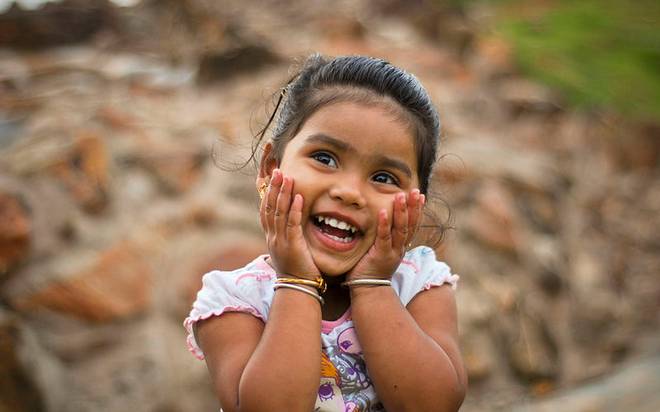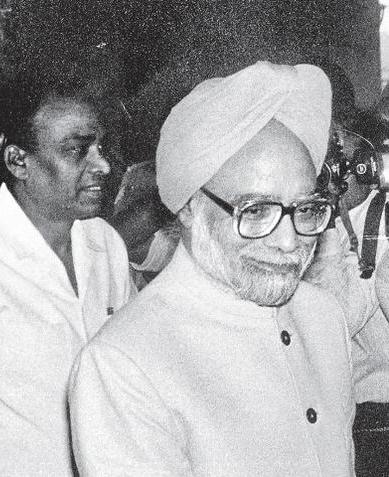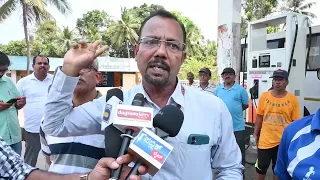Opinion: Rewriting the nation state
The raising of Nathuram Godse’s statue is not an isolated act by fringe elements. It is a political manoeuvre, aimed at rewriting the history of the Indian polity
Days after Bharatiya Janata Party Member of Parliament Sakshi Maharaj called Mahatma Gandhi’s assassin Nathuram Godse, a “patriot,” the Akhil Bharatiya Hindu Mahasabha, an ideological affiliate of the Sangh Parivar petitioned the government to provide space for installing busts of Godse at public places across India. Describing him as ‘an irreplaceable asset to the intellectual discourse of Hinduism’, the Mahasabha’s national president, Chandra Prakash Kaushik, stated that, “There needs to be a thorough investigation of the events that led to the assassination, so that vilification of Nathuram Godse ends and the people of this country know that he was not an assassin by choice but was forced to make the decision to kill Gandhi.” The controversy has since moved from Meerut, Uttar Pradesh, to Tamil Nadu, where two factions of the Hindu Mahasabha recently announced the installation of Godse’s statue in 13 districts.
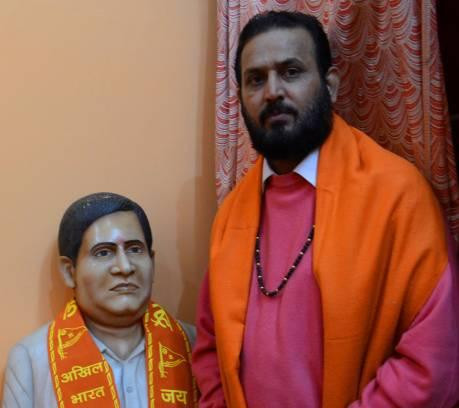
“Hindutva ideologues have been successful in owning Mahatma Gandhi, who dreamed of Ram Rajya, while equally venerating Godse as a misguided patriot.” Picture shows Chandra Prakash Kaushik, with the bust of Nathuram Godse in New Delhi. Photo: V. Sudershan
The raising of Godse’s statue is not an isolated act by fringe elements. It is a political manoeuvre, aimed at rewriting the history of the Indian polity, and its principles of secular, pluralistic statehood. Godse’s narrative, as told by the Hindu Mahasabha, functions in important ways to posit Hindus and Hinduism as being under siege and asserts the idea of India as a Hindu nation. To retell the story of the Mahatma’s murderer, as a patriot, goes to the heart of politics seeking to manipulate, manufacture and mobilise public support to consolidate the power of the majority. Revisionist history strategically demands for revenge as a form of justice to right historical wrongs committed under non-Hindu rulers. They do this by spreading anti-Muslim and anti-minority sentiments by rewriting history and often replacing it with myths that are clearly at odds with reasoned historical works for public consumption.
This stratagem of rewriting history dates back to Vinayak Damodar Savarkar, the ideologue, who articulated the ideological foundations of Hindutva. In his 1922 essay “Hindutva: Who is a Hindu?” he speaks of the Hindu nation as being grounded “in land, blood and culture.” He defines the Hindu identity based on inclusion and exclusion. He includes Jains, Buddhists and Sikhs as inheritors and partakers in the legacy of Hinduism. But he clearly excludes Islam and Christianity as foreign ideologies brought from outside. In 1925, he writes, “Hindu Pad Padshahi” where he propagates Hindu-self rule, and writes about the 17th century Maratha ruler Shivaji, who led the Marathas in a series of battles against Muslim rulers. Savarkar transforms the local histories of Marathas into an emblematic national struggle between the foreign conquerors and the son of the soil, mounting an indigenous resistance. For Savarkar, his Hindu nationhood is an inclusive “territorial, racial and cultural entity”, and in his later writings he specifically identifies Muslims as the “paradigmatic other, and the most persistent threat to Hindutva”.
“Violence manufactured through riots and appropriating political icons are carefully enacted acts of mobilisation.”
Hindutva ideologues, following Savarkar’s precedent, have over the past two decades regularly invoked the history and the heritage of the national movement in their favour. They have already done this with Sardar Patel and systematically appropriated and retold stories of local leaders and historical figures, to further their ideological ends. They have been successful in owning both Gandhi, the Hindu thinker, and the Mahatma who dreamed of Ram Rajya, while equally venerating Godse as a misguided patriot.
Mobilising the Gods
Mobilising the Gods for political ends has a long chequered history in the subcontinent. As the political movement for Indian independence took shape, mobilising the masses through use of religion and religious symbols, became an important political strategy employed by various factions. This included Gandhi, who understood the value of powerful political symbols that can be used to mobilise the country’s disparate population. He actively employed Hindu symbols, phrases and icons towards nationalist ends – bonfires; the image of India as a Hindu goddess; and invoking Ram Rajya as the ideal form of governance. In India where poverty and illiteracy are rampant, these symbols had profound political implications. While it galvanised the Hindu majority, this political practice severely alienated Indian Muslims who were unable to find themselves reflected in a nation defined by Hindu history, gods, symbols, and the Gandhian ideals of Ram Rajya. It also contributed to the communalisation process that would eventually lead to the partition of India. Almost fifty years later, the Ayodhya Ram Janmabhoomi campaign employed similar strategies to mobilise popular support for its vision of Hindu nationhood. It reintroduced and promoted Lord Ram and Ram Rajya as the symbolic centre of Hindu India.
The most consistent and principled critique of the use of religion in the name of nationalism is found in the writings of Rabindranath Tagore. His novel, The Home and the World (‘Ghare Baire’) dramatises how violence and killing become requisite rituals when the individuals place blind, uncritical nationalism on a pedestal. Tagore analysed symbols, phrases, chants and icons employed towards nationalist ends, and the harm they could do. Throughout his life, he consistently critiqued the use of religious symbolism as exclusivist and sectarian in nature, warning as early as 1915 that violence would be an inevitable and a natural consequence of the strategy of mobilisation that uses “symbols embedded in an exclusivist cultural-religious idiom”. His prophetic words came to be played out not once, but many times since.
H.M. Seervai, formerly the Advocate General of Bombay, jurist and author, writing in Partition of India: Legend and Reality, opines that M.A. Jinnah’s object was not partition but ‘parity’. He presented his authoritative arguments after painstakingly sifting through 12 volumes of The Transfer of Power 1942-7 documents and historical records. It was also Seervai’s argument that Jinnah greatest fear was Hinduisation of India and its effects on its Muslim population.
Whether one agrees or disagrees with the ‘parity theory’ advanced by H.M. Seervai is secondary. However, it remains relevant today that we recognise that growing “religious nationalism” is a genuine fear among the country’s minorities. The imperative for a secular polity, where the country’s minorities have real political choice and constitutional safeguards are crucial today, as it was in 1947. In a secular democracy, citizenship is the civic religion. Religious nationalism is the antithesis of this principle and excludes the notion of a secular state, and denies equal participation of those who do not identify with the dominant religion. Without equal citizenship, Article 15 of our Constitution that prohibits discrimination on grounds of religion, race or caste becomes meaningless.
Violence manufactured through riots, destruction of religious sites such as churches, organising religious conversion camps, beef bans, rewriting textbooks, censoring works of history, literature and fiction that challenge the ‘Hindu’ version of history, appropriating political icons, and raising monuments are all carefully enacted acts of mobilisation aimed at constructing the Hindu nation. This disastrous marriage between religion and nationalism will ultimately subvert the values that have held this nation together, because it substitutes with murderers and symbols the place meant for substantive values of secular statehood, equality, and justice. India’s future lies in pluralism, parity, reasonable and principled cosmopolitanism and not with settling scores in history.
(Suchitra Vijayan is a barrister, political theorist and a writer.)
| Comments on this Article | |
| Jossey Saldanha, Mumbai | Wed, March-18-2015, 11:11 |
BJP has been exposed ...  Agree[6] Agree[6]
|
|
Please note that under 66A of the IT Act, sending offensive or menacing messages through electronic communication service and sending false messages to cheat, mislead or deceive people or to cause annoyance to them is punishable. It is obligatory on kemmannu.com to provide the IP address and other details of senders of such comments, to the authority concerned upon request. Hence, sending offensive comments using kemmannu.com will be purely at your own risk, and in no way will Kemmannu.com be held responsible.
Similarly, Kemmannu.com reserves the right to edit / block / delete the messages without notice any content received from readers.
Final Journey of Judith Lewis (91 years) | LIVE From Kallianpur
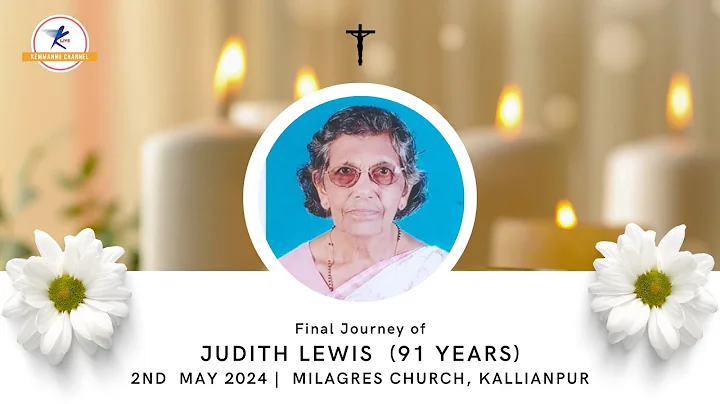
Rozaricho Gaanch April, 2024 - Ester issue
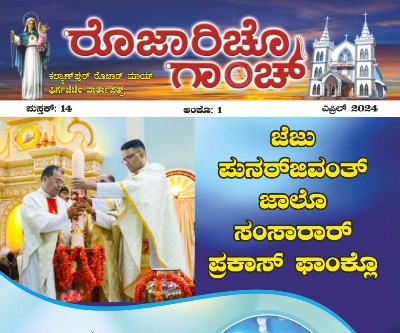
Final Journey Of Theresa D’Souza (79 years) | LIVE From Kemmannu | Udupi |
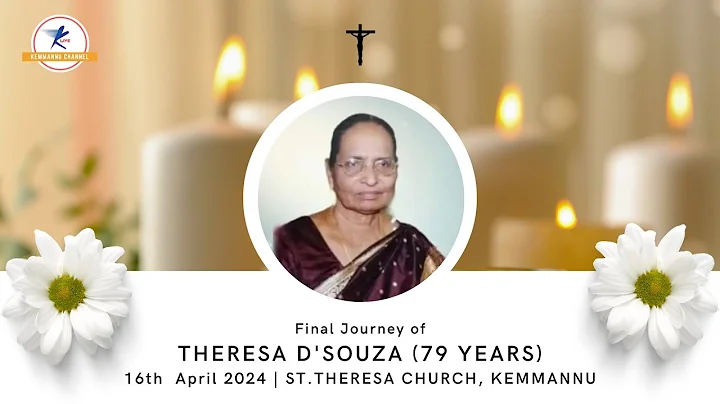
Invest Smart and Earn Big!
Creating a World of Peaceful Stay!
For the Future Perfect Life that you Deserve! Contact : Rohan Corporation, Mangalore.
Final Journey Of Joe Victor Lewis (46 years) | LIVE From Kemmannu | Organ Donor | Udupi |
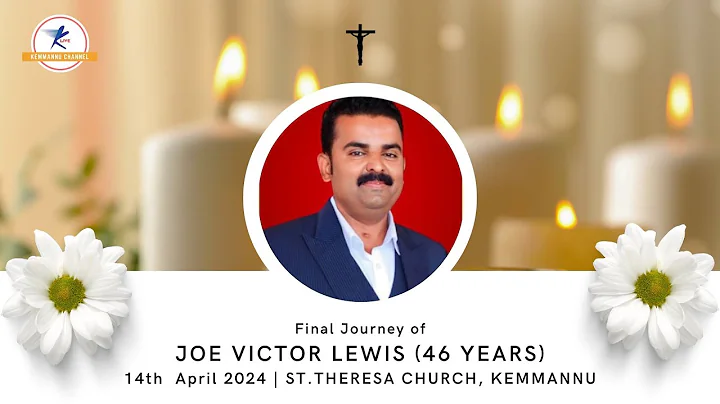
Milagres Cathedral, Kallianpur, Udupi - Parish Bulletin - Feb 2024 Issue
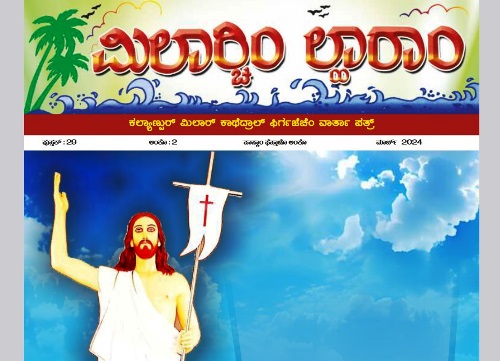
Way Of Cross on Good Friday 2024 | Live From | St. Theresa’s Church, Kemmannu, Udupi | LIVE
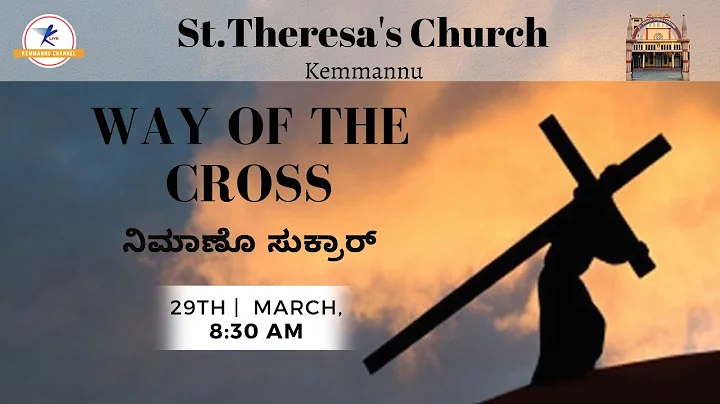
Good Friday 2024 | St. Theresa’s Church, Kemmannu | LIVE | Udupi
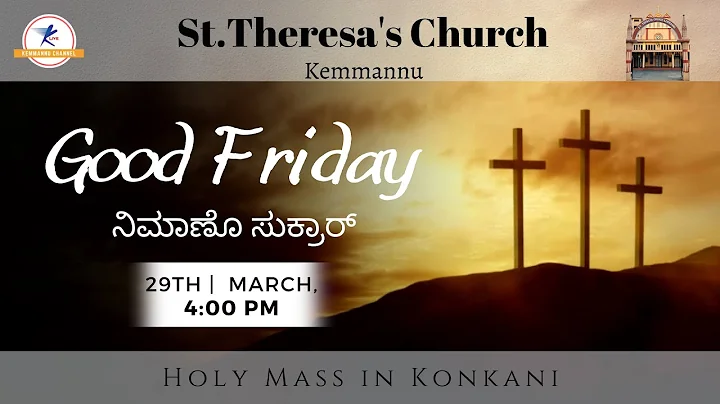
2 BHK Flat for sale on the 6th floor of Eden Heritage, Santhekatte, Kallianpur, Udupi

Maundy Thursday 2024 | LIVE From St. Theresa’s Church, Kemmannu | Udupi |
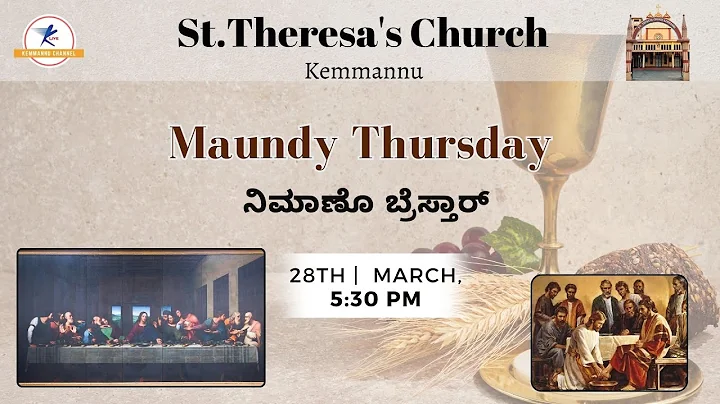
Kemmennu for sale 1 BHK 628 sqft, Air Conditioned flat

Symphony98 Releases Soul-Stirring Rendition of Lenten Hymn "Khursa Thain"
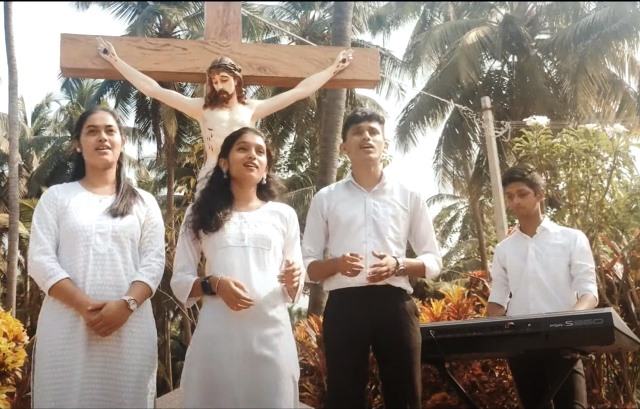
Palm Sunday 2024 at St. Theresa’s Church, Kemmannu | LIVE
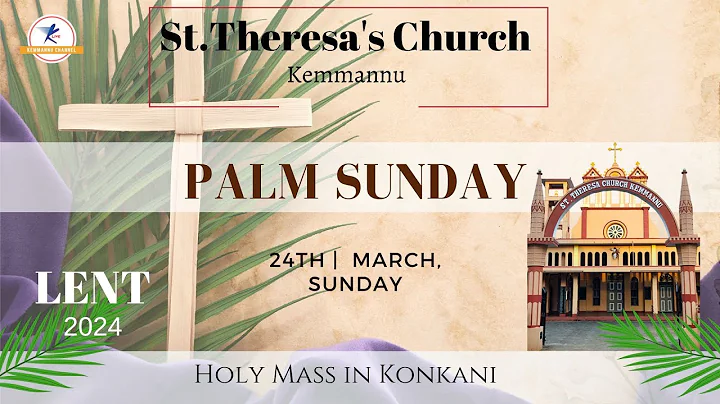
Final Journey of Patrick Oliveira (83 years) || LIVE From Kemmannu
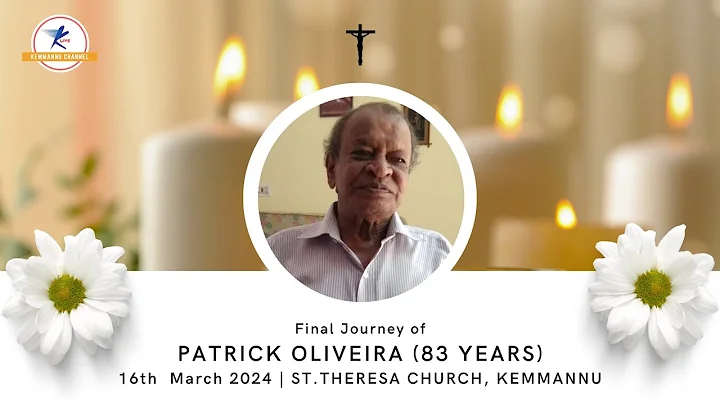
Carmel School Science Exhibition Day || Kmmannu Channel

Final Journey of Prakash Crasta | LIVE From Kemmannu || Kemmannu Channel
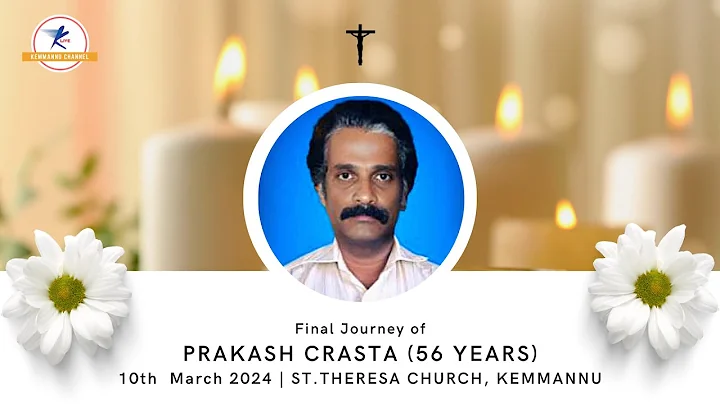
ಪ್ರಗತಿ ಮಹಿಳಾ ಮಹಾ ಸಂಘ | ಸ್ತ್ರೀಯಾಂಚ್ಯಾ ದಿಸಾಚೊ ಸಂಭ್ರಮ್ 2024 || ಸಾಸ್ತಾನ್ ಘಟಕ್
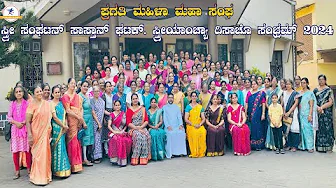
Valentine’s Day Special❤️||Multi-lingual Covers || Symphony98 From Kemmannu

Rozaricho Gaanch December 2023 issue, Mount Rosary Church Santhekatte Kallianpur, Udupi
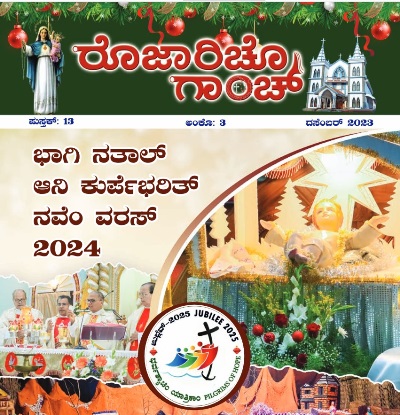
An Ernest Appeal From Milagres Cathedral, Kallianpur, Diocese of Udupi
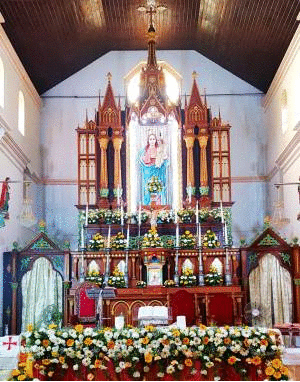
Diocese of Udupi - Uzvd Decennial Special Issue
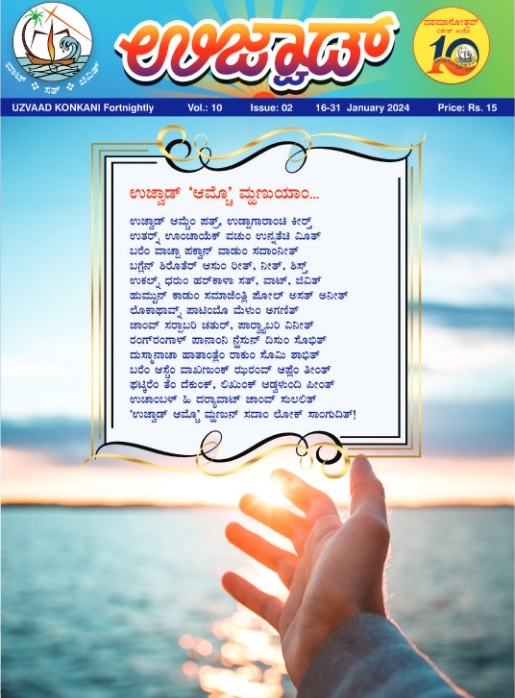
Final Journey Of Canute Pinto (52 years) | LIVE From Mount Rosary Church | Kallianpura | Udupi
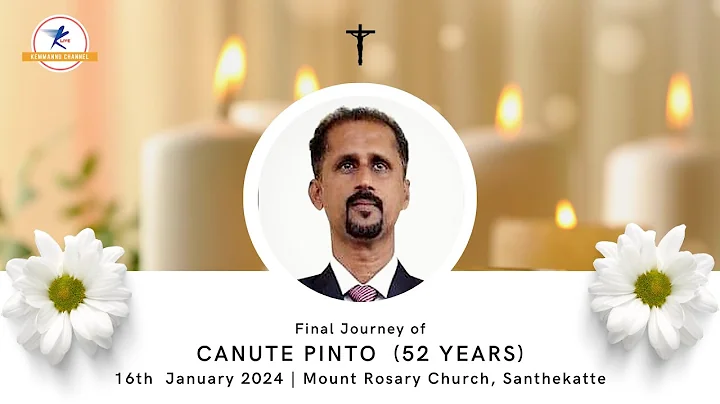
Earth Angels Anniversary | Comedy Show 2024 | Live From St. Theresa’s Church | Kemmannu | Udupi
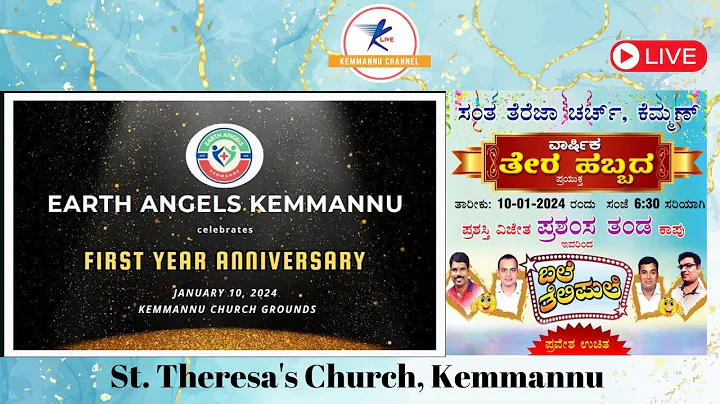
Kemmannu Cricket Match 2024 | LIVE from Kemmannu
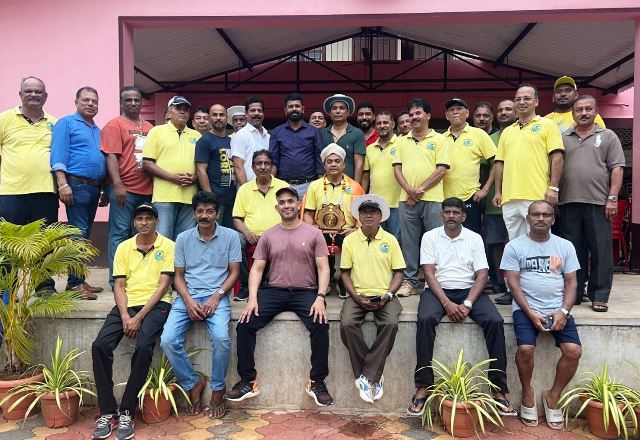
Naturya - Taste of Namma Udupi - Order NOW

New Management takes over Bannur Mutton, Santhekatte, Kallianpur. Visit us and feel the difference.

Focus Studio, Near Hotel Kidiyoor, Udupi


Earth Angels - Kemmannu Since 2023

Kemmannu Channel - Ktv Live Stream - To Book - Contact Here

Click here for Kemmannu Knn Facebook Link
Sponsored Albums
Exclusive
An Open ground ‘Way of the Cross’ observed in St. Theres’s Church, Kammannu. [Live-Streamed]
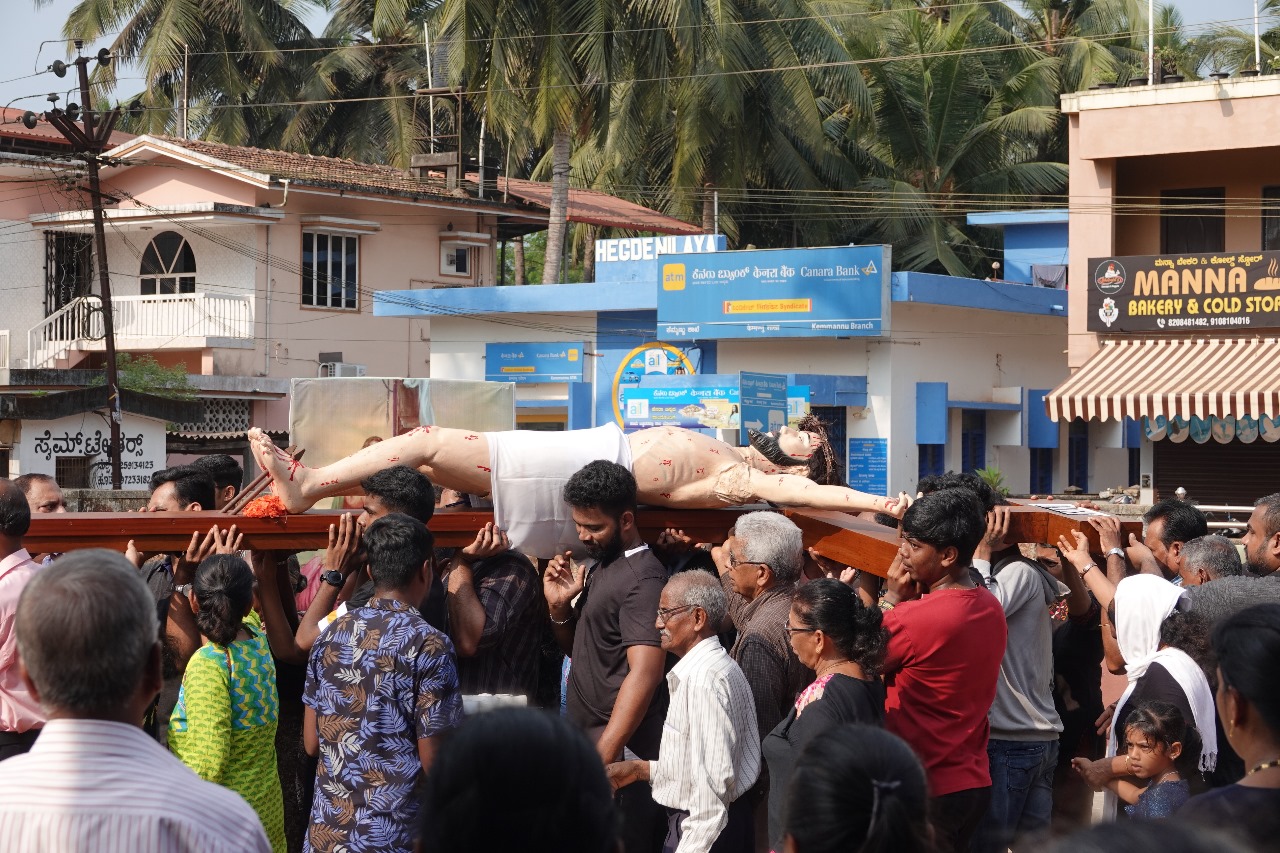
Udupi Bishop Most Rev. Gerald Issac Lobo Celebrates Palm Sunday at Kemmannu Church
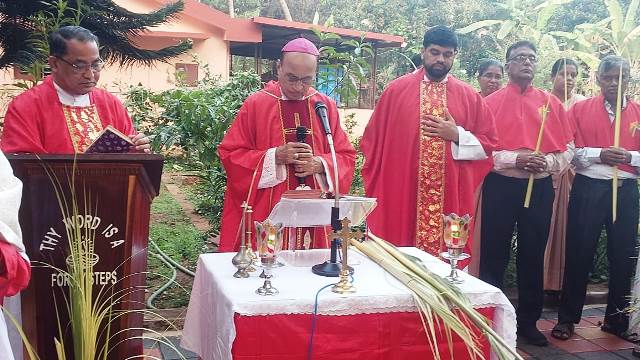
The architect of various Churches, Schools, Hospitals and Colleges….. Msgr Denis Jerome D Souza.
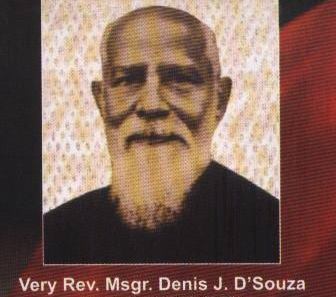
Konknani Writers’ Association Literary Award Conferred on Dr. Gerald Pinto
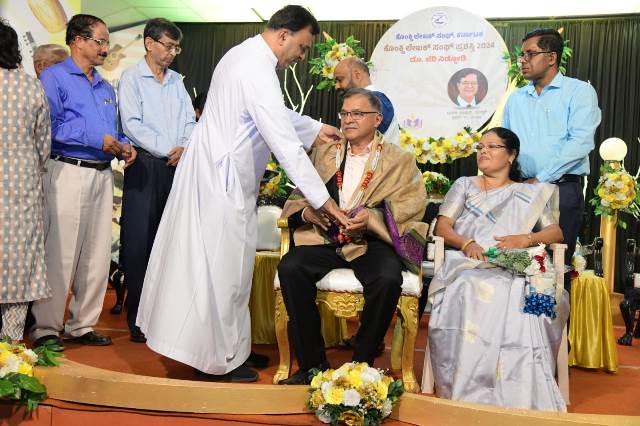
Celebrating Love Across Languages: A Valentine’s Day Special
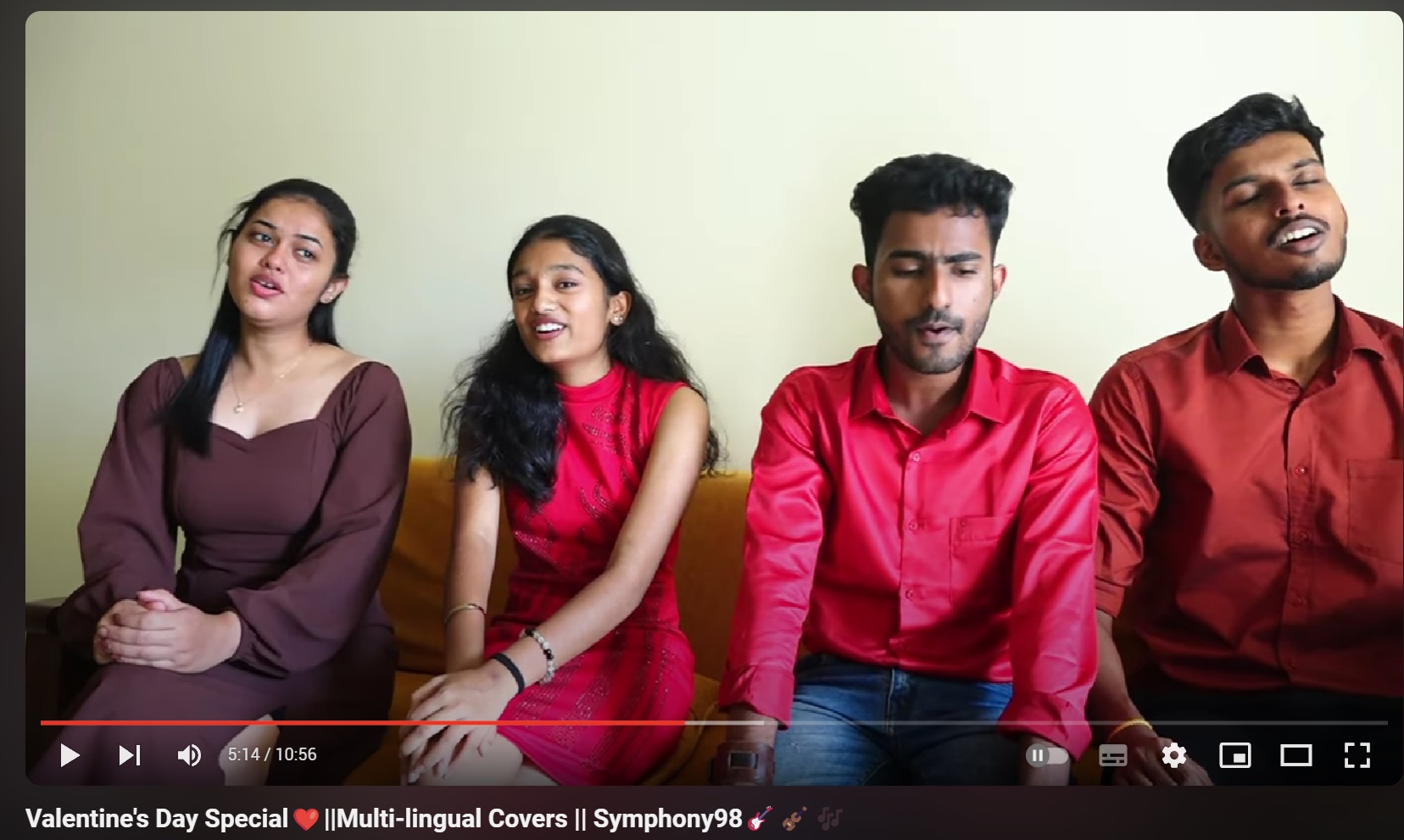
Udupi: Kemmannu.com Journo Richard D’Souza Felicitated by Paryaya Sri, Sri Sugunendra Tirtha Swamiji.
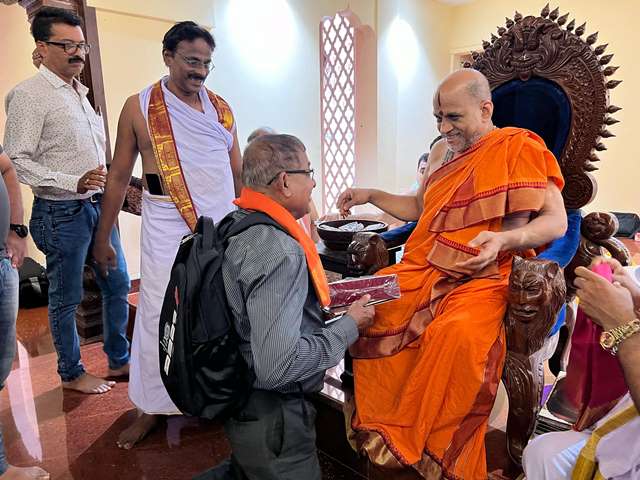
Let the unity of senior players be an example to the youth - Gautham Shetty - Alfred Crasto Felicitation - Match Livestream.
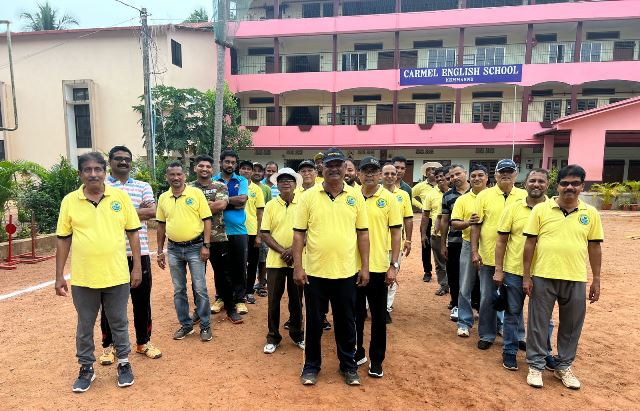
Bali, Indonesia: Royal Singaraja Award to Mangalorean NRI Philanthropist Dr. Frank Fernandes. [Video]
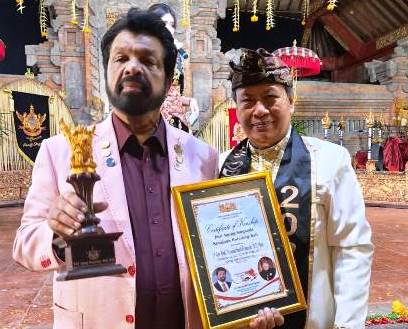
MTC - Milagres towards Community – An Outreach program on 14th December, 2023
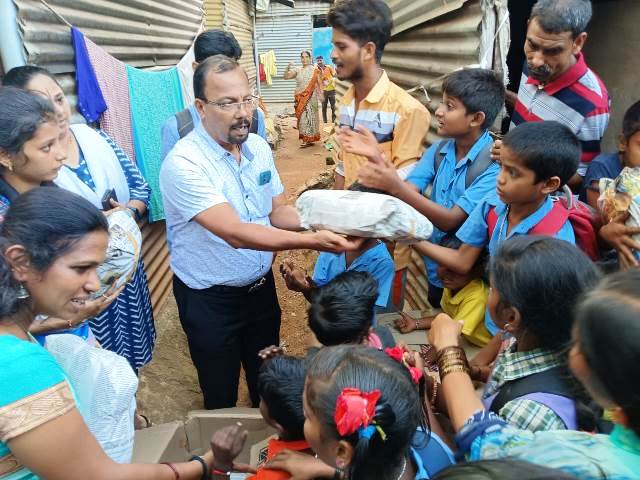
 TODAY -
TODAY -

 Write Comment
Write Comment E-Mail To a Friend
E-Mail To a Friend Facebook
Facebook Twitter
Twitter  Print
Print 
